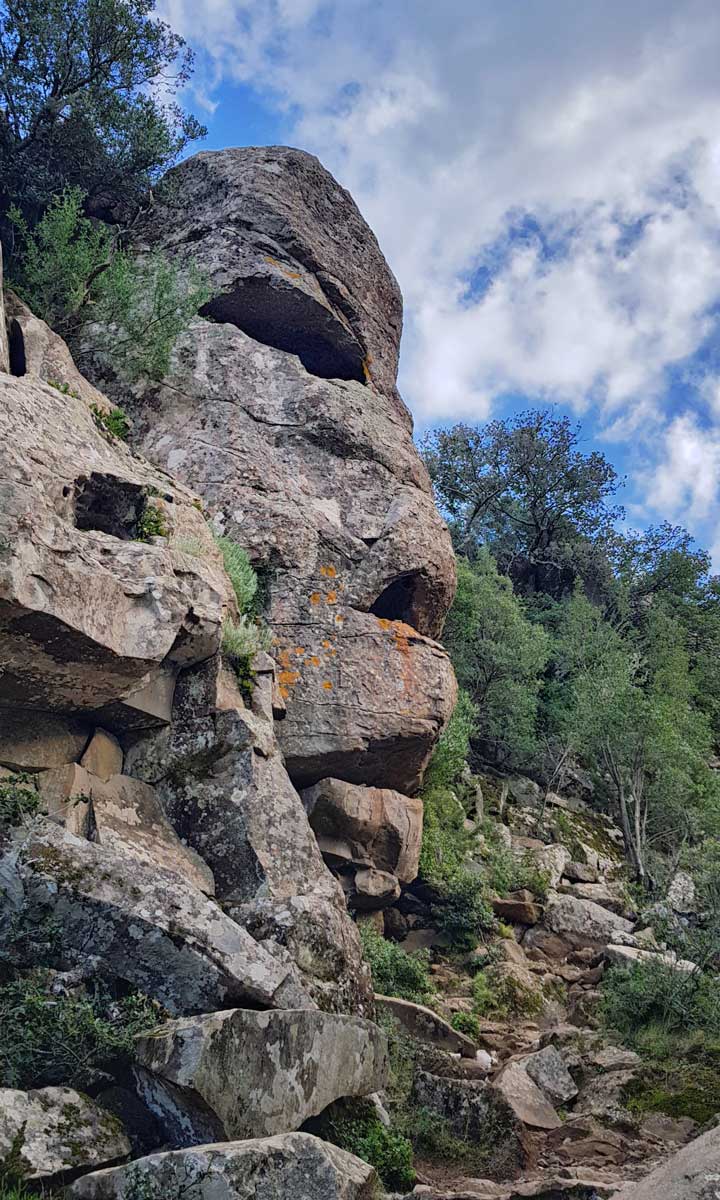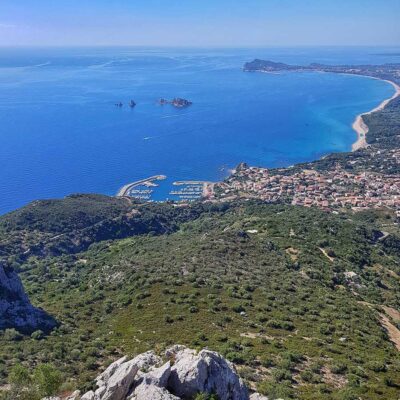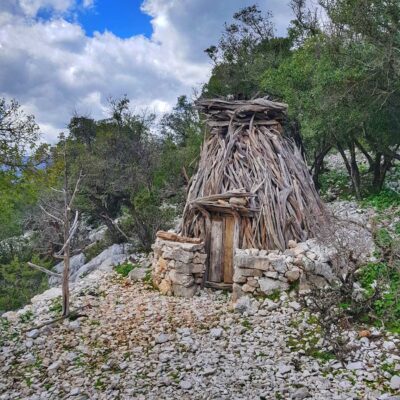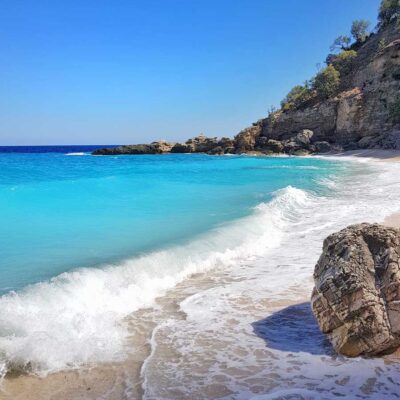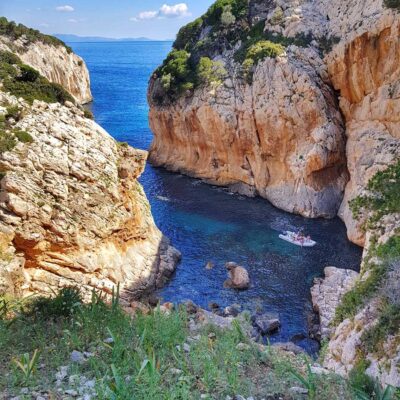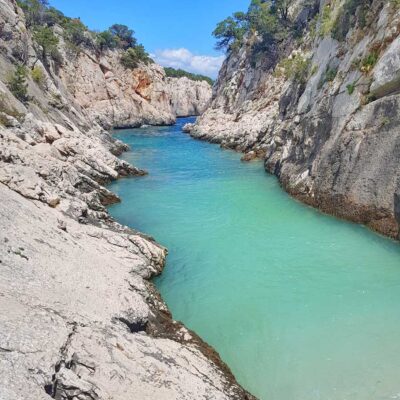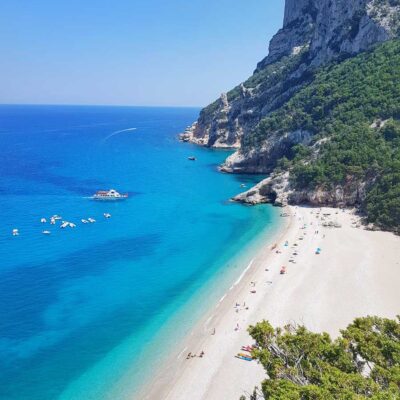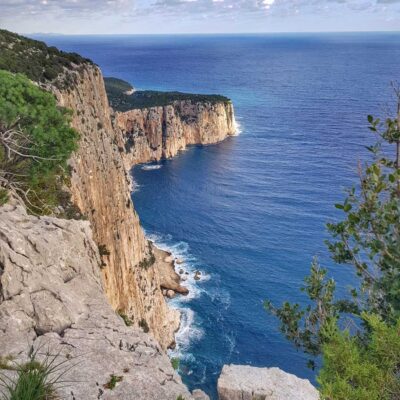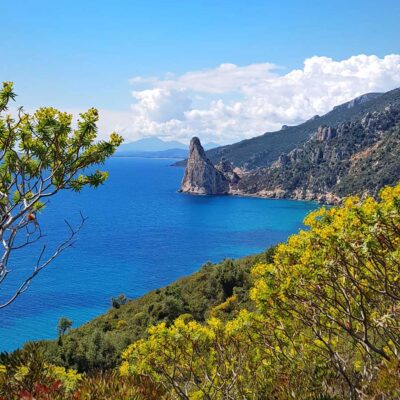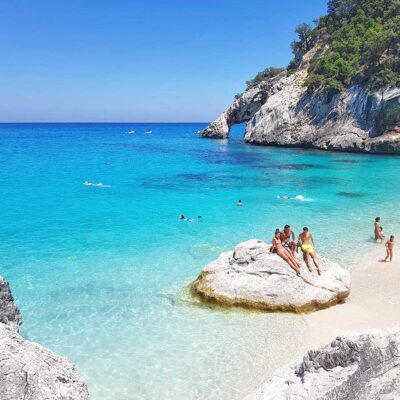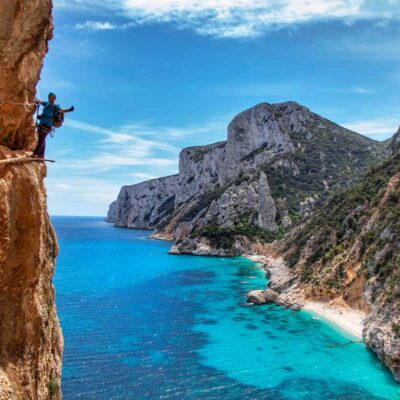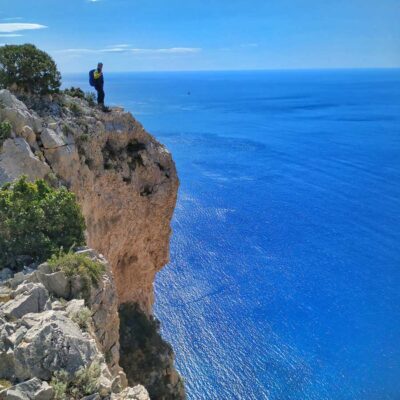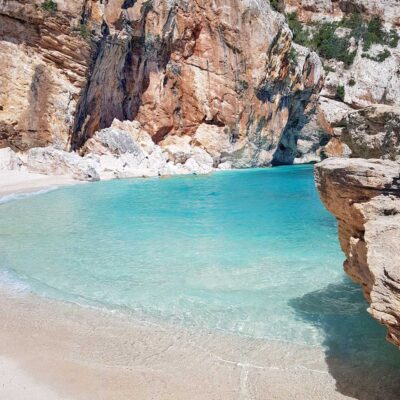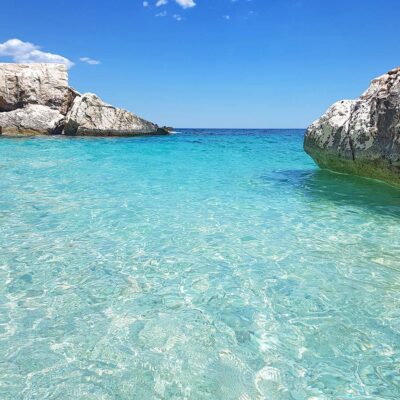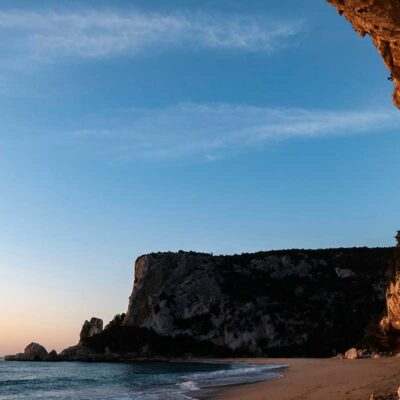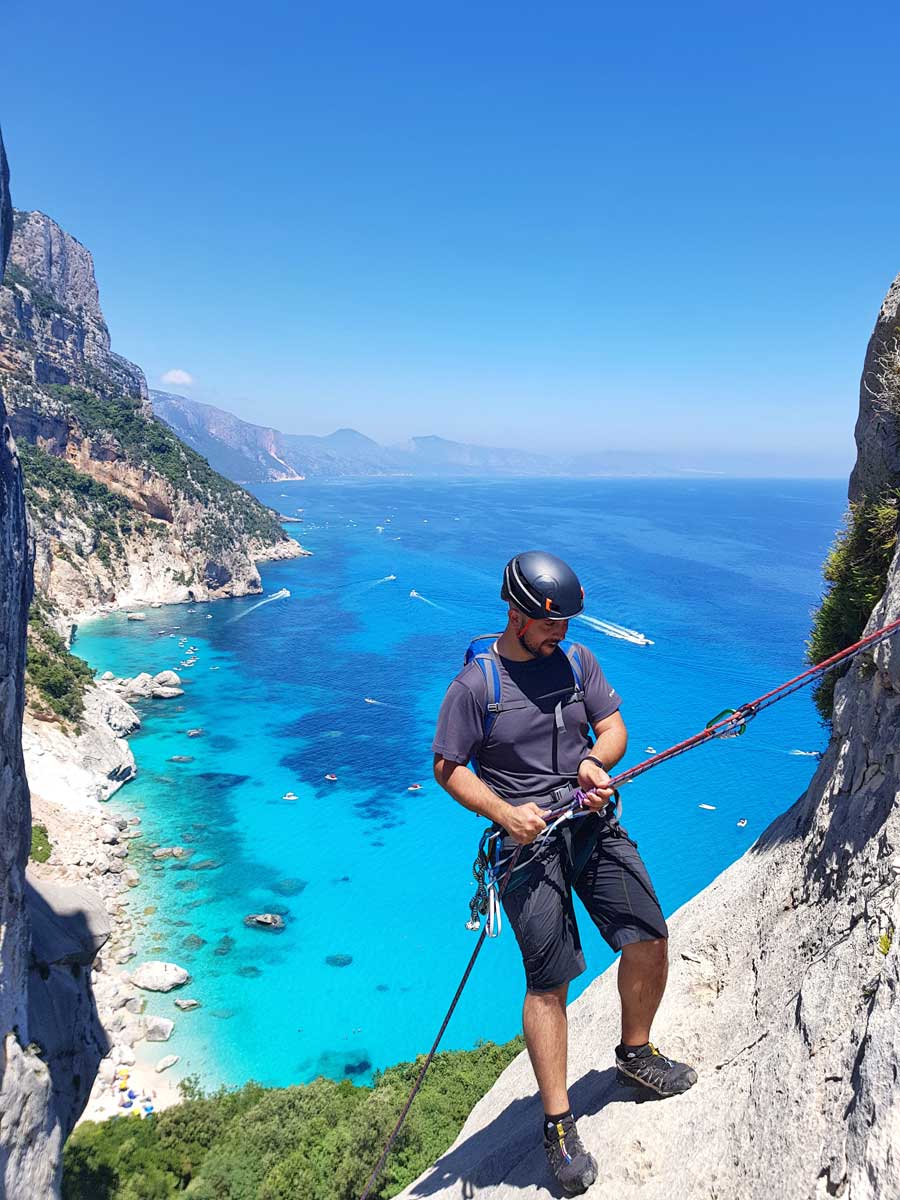Sheepfold Piras – Supramonte of Baunei
22 December 2020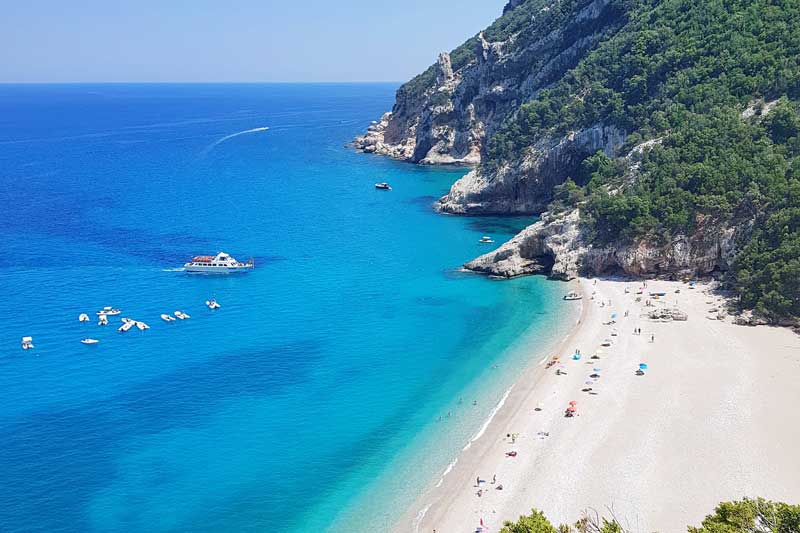
Cala Sisine
22 December 2020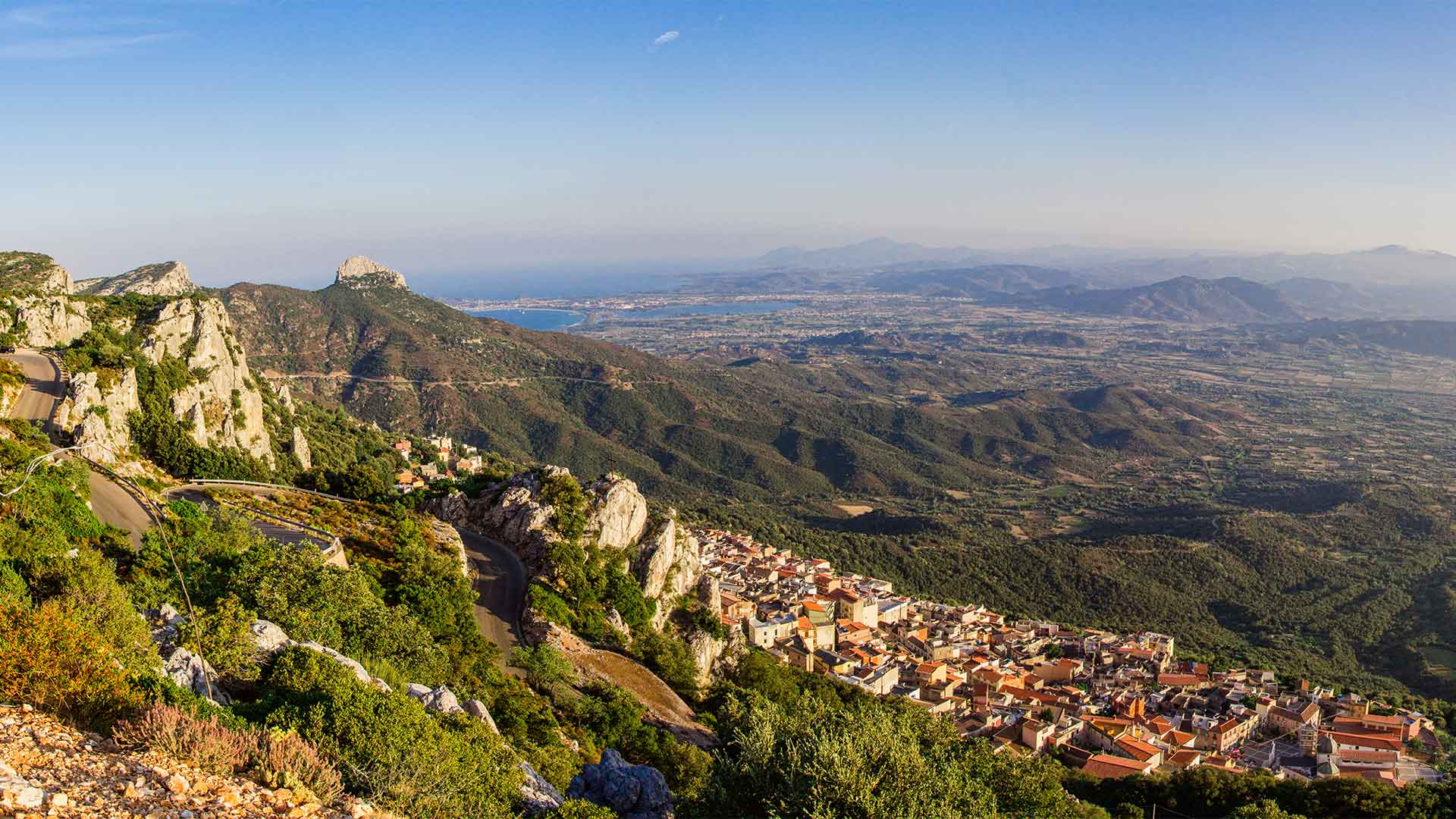
WHERE WE ARE
"BAUNEI: an uncontaminated corner of Sardinia”
The territory of Baunei is a splendid combination of sea and mountains, very interesting from a coastal point of view, with its 40 km. of ramparts and limestone cliffs overlooking the sea, interspersed with small coves. The coast extends from Santa Maria Navarrese to Cala Luna and citing the most famous localities, from the south we meet the Spire of Pedra Longa, Capo Montesanto, Portu Quau and Portu Pedrosu, Cala Goloritzé, Ispuligidenie (Cala Mariolu), Cala Biriala, Cala Sisine and Cala Luna .
From a landscape and naturalistic point of view, the territory is characterized by its karst valleys, by the basaltic plateau of Golgo with "Su Sterru" , which is the deepest chasm in Europe and by the karst plateau of the "Margine". These places have always been home to first-rate species such as the Golden Eagle, the Eleonora's Falcon, the Corsican Seagull, the Moufflon, the Wild Boar, the Goshawk, the Peregrine Falcon, Bonelli's Eagle, etc. There is also a high presence of numerous very interesting caves and chasms, located inland along the coast, both below and above sea level.
The historical and cultural heritage covers all historical periods, with the discovery of anthropozoic deposits from the pre-nuragic period, nuraghes, nuragic villages, fortresses and tombs of giants from the nuragic period, settlements and coins from the imperial and republican age, from the roman period, the Medieval church of S. Maria Navarrese and of Eltili, the Spanish Tower, the Church of Golgo. Furthermore, for lovers of free climbing, the numerous recently equipped cliffs offer various climbing possibilities in a unique and wild environment, between pinnacles, cliffs overlooking the sea and breathtaking landscapes.
Its hamlet Santa Maria Navarrese is set within a green basin full of olive, fig, wild olive and carob trees, hackberry trees and thick Mediterranean scrub. The coastal center takes its name from the Church built in 1052 by the Princess of Navarre, daughter of King Garcia Sanchez V, probably driven out or fled from her homeland for a sin of love or for court intrigues, who wanted to thank the Madonna for being escaped a shipwreck near the dreaded "Monti Insani" now Monte Santo.


